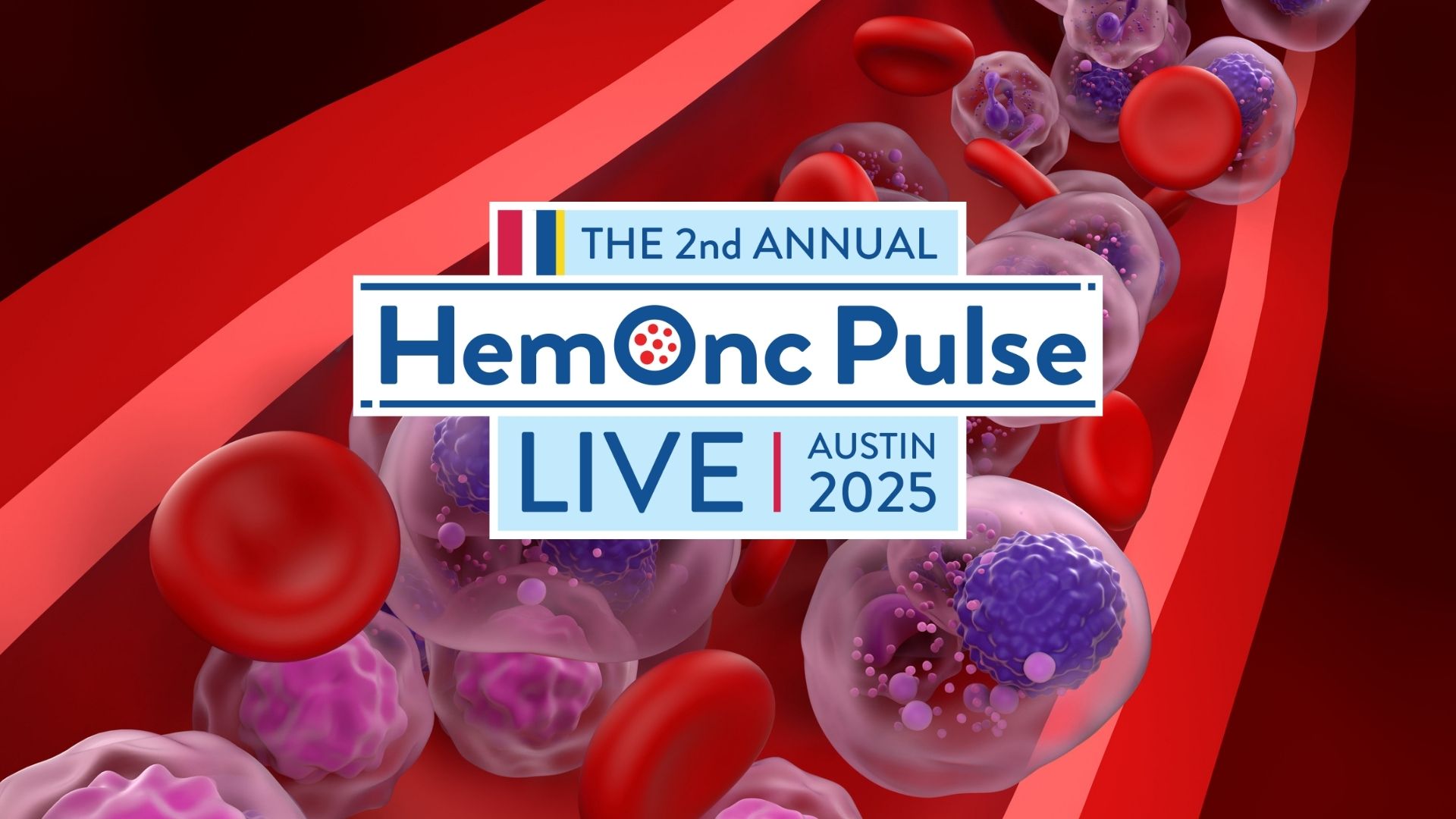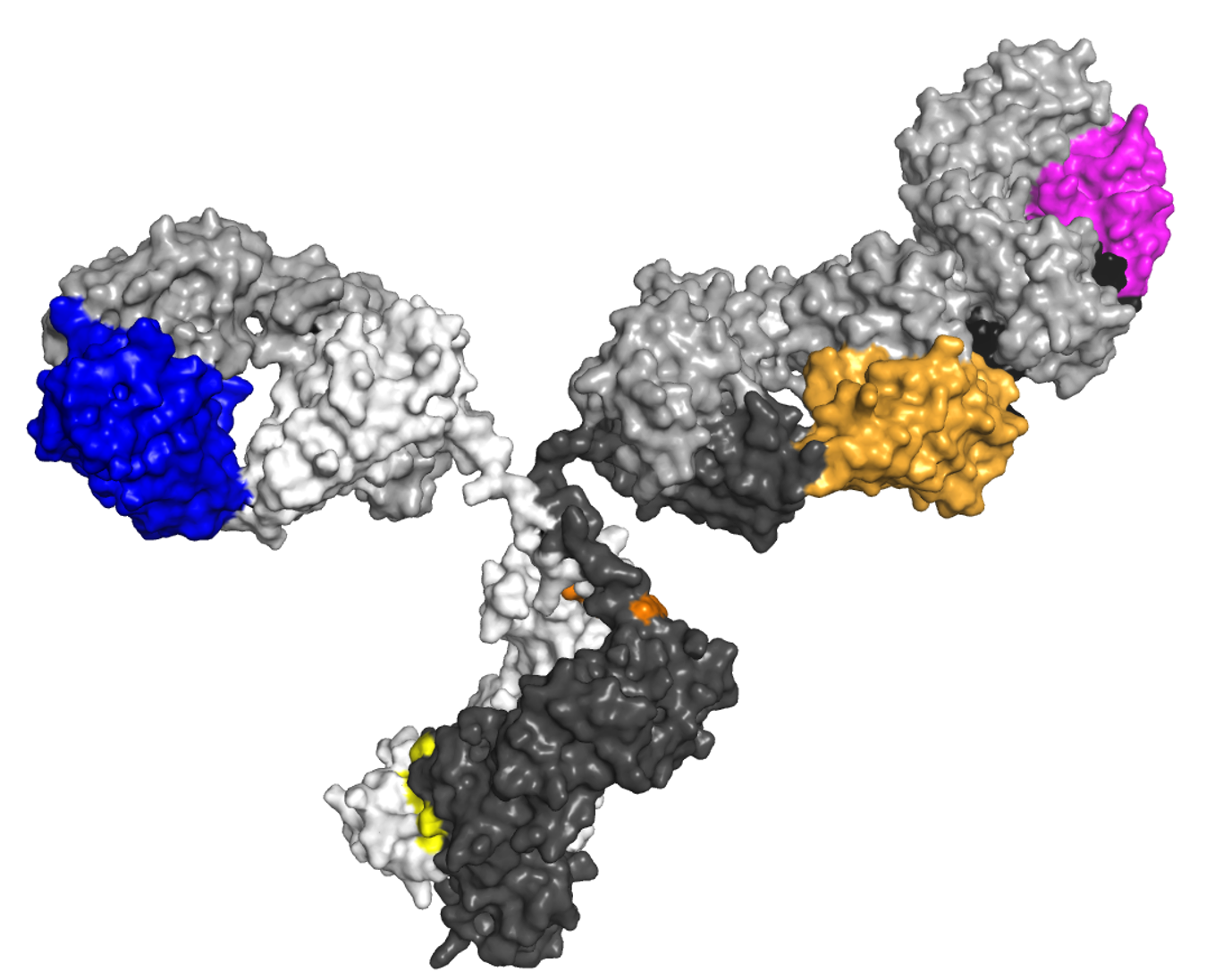
Use of drugs with alternative modes of action may be needed to overcome persistent measurable residual disease (MRD) positivity in patients with multiple myeloma, according to research from the 2022 ASH Annual Meeting.
The study, led by Camila Guerrero, MSc, of Instituto de Investigacion Sanitaria de Navarra (IDISNA) in Pamplona, Spain, and colleagues, investigated MRD resistance using multiomics profiling of patient-paired tumor cells at diagnosis, MRD, and relapse.
The study included 118 patients, including 90 who were transplant eligible. Included elderly patients received lenalidomide and dexamethasone with or without clarithromycin until disease progression. Transplant eligible patients received induction with either carfilzomib, lenalidomide, and dexamethasone (KRD) or bortezomib, lenalidomide, and dexamethasone (VRD) followed by autologous transplant and consolidation with KRD or VRD as part of a clinical trial regimen.
The analysis revealed differential expression of 11 genes in elderly patients and 15 genes in transplant eligible patients at diagnosis compared with persistent MRD after RD and KRD/VRD induction, respectively.
In contrast, there were 646 differentially expressed genes between diagnosis and persistent MRD after transplant, and 252 after consolidation. The researchers noted that the genes commonly deregulated in MRD post-transplant were enriched in biological processes involving cell activation in immune response.
Only six genes were commonly upregulated in MRD at all timepoints, indicating that clonal evolution peaked after transplant. Using whole exome sequencing in 28 patients with paired tumor cells, the researchers found a median of 36% mutations shared between paired tumor cells at diagnosis and MRD post-induction, only 4% shared after transplant, and 7% after consolidation. Further, there was a median of 11% and 6% shared mutations between tumor cells at relapse compared with diagnosis and MRD, respectively.
“Our results reveal transcriptional stability during induction with relative divergence after HDT/ASCT, as well as progressive genomic evolution that peaked after HDT/ASCT,” the researchers wrote in their abstract. “These findings could help explain the continued responses with longer induction regimens, and limited efficacy of consolidation after HDT/ASCT observed in recent studies.”
Reference
Guerrero C, Puig N, Cedena Romero MT, et al. Multiomics Profiling of measurable residual disease (MRD) for understanding the biology of ultra-drug resistance in multiple myeloma (MM). Abstract #99. Presented at 64th ASH Annual Meeting and Exposition. December 10-13, 2022; New Orleans, Louisiana.






 © 2025 Mashup Media, LLC, a Formedics Property. All Rights Reserved.
© 2025 Mashup Media, LLC, a Formedics Property. All Rights Reserved.